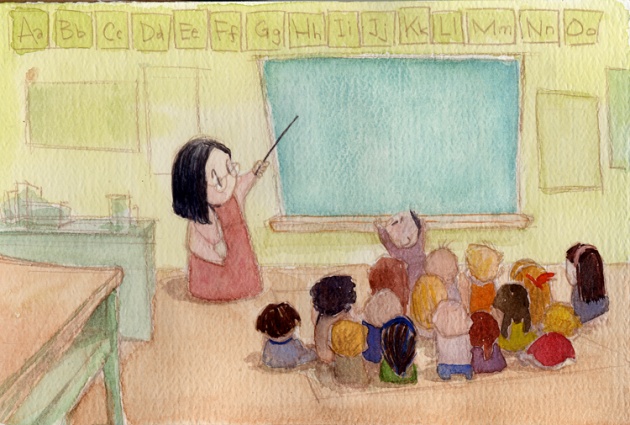To understand the film Sherry, like the Drink, you need to understand a bit of the climate of Sheridan College at the time. In 2000 I was just starting first year. The animation industry was changing drastically towards new software breakthroughs. Sheridan was only equipped to teach curiculum from the past, that is to say tradiional hand-drawn animation on paper, with analog line testers. Nothing like the technology students have now. Only particularly tech savvy students were self-educated of software that we now consider staples ie. Photoshop, After Effects, Flash, Maya.
From within Sheridan, we had a front row seat watching the traditional animation industry shrink, crumble and fade away. Each student had to come to terms with how we could reconcile the learning of such time honoured, inspirational and artistically fulfilling techniques with the stark realities of a changing industry. Learning the foundations of drawing, gesture, line work, light and shadow, anatomy, body language, storytelling, colour theory and design. I think many of us had this nihilistic idea of walking towards our own destruction. We had obvious fears of getting out into the a very different 3D software dominated industry, where none of our skills would be valued.
But if there was to be no more practical, industrial, commercial purpose for hand-drawn animation. Then what would be the purpose of continuing to study it? Would it all just go to waste?
If there was to be no more industrial purpose for a particular technical artform. Then the next step is to wonder if there remains a personal purpose. Something of an underlying need or desire that goes beyond sheer functionality. This is when trade focused artistic skillsets start to move into the area of the fine arts. And I strongly believe that hand-drawn animation still exists, thrives even, in the realm of fine art.
This brings me to my 3rd year final film Sherry, like the Drink. The overall consensus was that there's not enough time in a 1 to 2 minute film to build up a serious emotional connection with audiences in something so short. Therefore, the recommendation for us was to focus more on comedic storytelling, added to the fact that films that were funny, were more likley to play well for industry representatives at the final screening.
However, 8 months before the start of 3rd year, my mother passed away. I realized I didn't need to worry about the future, or try to predict what would happen, the importance was focusing on right now. Making sure to take the time to honour her properly, and give something back to the grade 2 students she was teaching at the time. And I realized a bit about the powerful, soulful quality that can exist within animation.
This film was not a demo reel, or a plea for a job. This was a celebration of the life of my mother, a declaration of my artistic independence and the culmination of all of the hard work, thought, experiences, friendships I had built along the way. Making animation for a deeply personal cause felt great.
Now I can say I have something to remember her by. Something to share for who she was. And also I had something to stand on. Something that I could point to and say I did this for no other reason than staying true, that I think is really important.
When I was making the choices to pursue a career in the arts, my mother gave me this simple advice "Follow your heart, and you can't go wrong." Needless to say it really was good advice.




